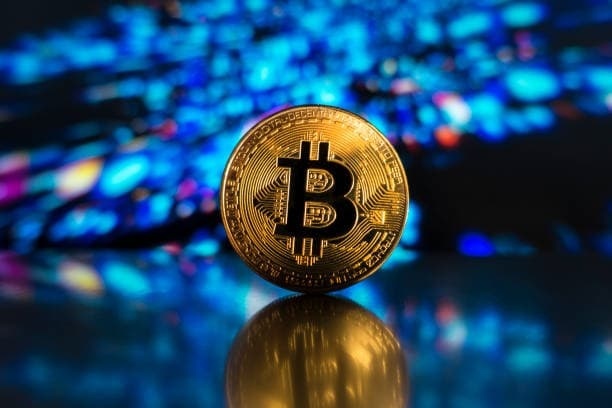The digital currency landscape has always been a rollercoaster of volatility, and Bitcoin, being the kingpin, has been no exception. It’s a world where fortunes are made and lost in the blink of an eye, and the bitcoin price has been the heartbeat of this wild ride. But in recent years, a new player has emerged on the scene, one that promises stability amidst the chaos – stablecoins.
Imagine a world where the value of your digital assets doesn’t swing like a pendulum in a storm. That’s the promise of stablecoins, digital currencies designed to minimize the wild price swings associated with cryptocurrencies like Bitcoin. They are pegged to a reserve of assets, like fiat currencies or commodities, to maintain a stable value. This innovation has been a game-changer, offering a sense of security in an otherwise unpredictable market.
The Bitcoin price, a term that’s become synonymous with the ups and downs of the crypto world, has always been a hot topic. It’s the kind of conversation starter that can range from casual chatter to heated debates. But why does it fluctuate so much? Well, it’s a complex dance of supply and demand, market sentiment, and global economic factors. And while Bitcoin has been the poster child for crypto, its price volatility has been a double-edged sword. It’s attracted investors looking for high returns but has also scared off those seeking stability.
Enter stablecoins, the digital currency that’s trying to change the game. They’ve been gaining traction as a more stable alternative to Bitcoin and other cryptocurrencies. The concept is simple yet genius: peg your digital currency to a stable asset, and you’ve got a currency that doesn’t toss and turn with market whims. This has opened up new possibilities for digital transactions, making them more accessible and less risky for everyday use.
But how does this work in practice? Well, when you think about Bitcoin price, you’re thinking about a currency that’s influenced by a myriad of factors. It’s like trying to predict the weather – it’s based on patterns, but there’s always an element of surprise. Stablecoins, on the other hand, are like a controlled environment. They’re designed to maintain a consistent value, which means less stress for investors and users.
Now, let’s talk about the rise of stablecoins. They’ve been growing in popularity, and for good reason. In a world where Bitcoin price can be as unpredictable as a toddler’s mood, stablecoins offer a sense of calm. They’ve become the go-to for those who want to dip their toes into the crypto world without getting caught in the riptides of volatility.
And it’s not just about stability. The rise of stablecoins has also been a response to the growing need for faster and cheaper cross-border transactions. Bitcoin price might be the talk of the town, but when it comes to sending money across the globe, stablecoins are showing their prowess. They offer a more efficient way to move funds, without the hefty fees and delays associated with traditional banking systems.
But here’s the thing – while stablecoins are gaining ground, they’re not without their critics. Some argue that they’re too centralized, which goes against the grain of what cryptocurrencies are all about. Others worry about the regulatory implications, as governments and financial institutions grapple with how to oversee this new class of digital assets.
Despite these concerns, the rise of stablecoins is undeniable. They’re changing the way we think about digital currencies and their potential use cases. From remittances to e-commerce, stablecoins are finding their niche in the market, offering a bridge between the traditional financial system and the world of cryptocurrencies.
As the Bitcoin price continues to capture headlines, the rise of stablecoins is a story worth following. They’re not just a reaction to the volatility of Bitcoin; they’re a sign of the evolving nature of digital currencies. They represent a shift towards a more stable, accessible, and efficient financial system. And as we watch this space, one thing is clear: the landscape of digital currencies is anything but static.
In conclusion, the Bitcoin price has been the heart of the cryptocurrency world, but the rise of stablecoins is a testament to the industry’s adaptability and innovation. As we navigate this new financial frontier, one thing is certain: the story of digital currencies is far from over, and the rise of stablecoins is just one chapter in a book that’s still being written.
You may also like
-
How Stainless Steel Expanded Metal Combines Functionality with Aesthetic Appeal in Construction
-
The Heart of Philanthropy: Andi Sklar’s Mission for Change
-
Advanced Digital Marketing Courses in Pune for Digital Marketing Managers
-
Industrial Clutches: The Role of Pneumatic and Hydraulic Systems
-
The Benefits of Engaging a LinkedIn Advertising Agency for Effective Campaign Management

